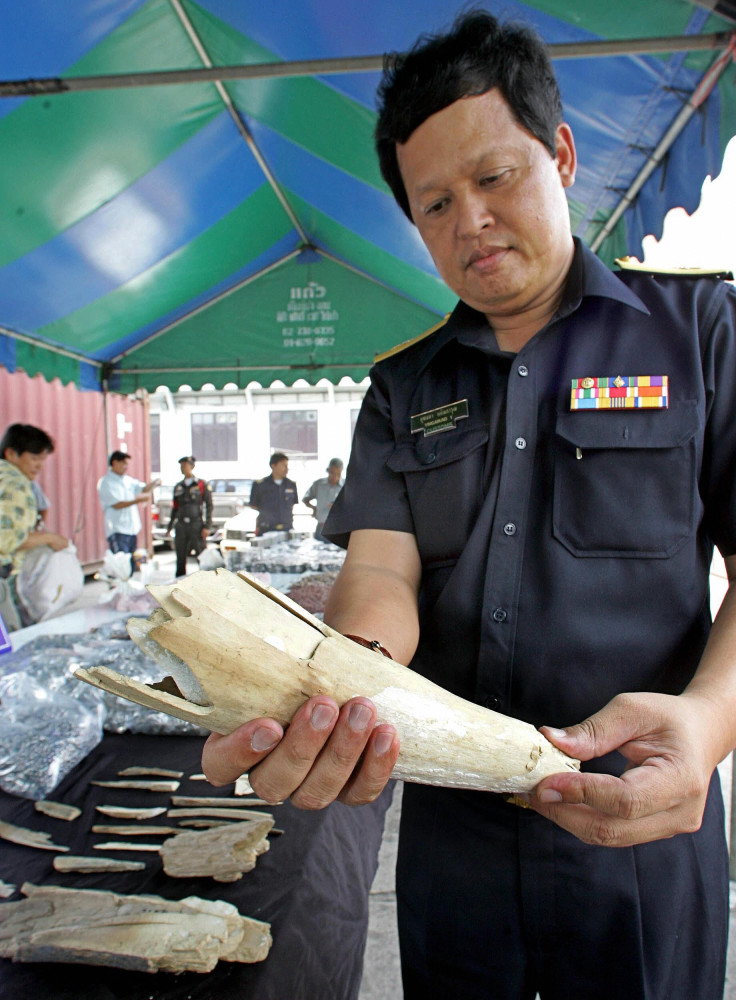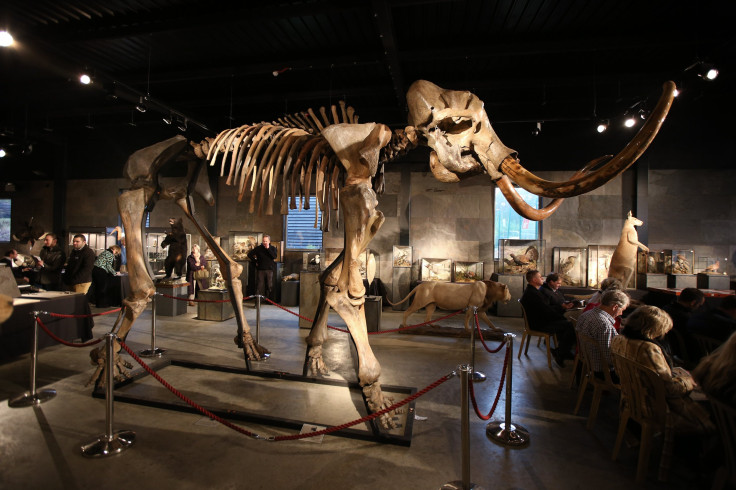Man Found With 22 Pounds Of Mammoth Ivory At Airport

A passenger at the airport in Krasnoyarsk, the Russian province of Siberia, was detained Friday for attempted illegal transportation of mammoth tusks.
According to the Russian news agency Interfax, a 25-year-old resident of the city of Nevinnomyska, who was not named, was carrying 22 pounds (10 kilograms) of mammoth bones and was caught at the entrance of the terminal building.
A report by the transport department of the Ministry of Internal Affairs for the Siberian Federal District said: "He said that he found a bag of bones next to a garbage can in one of the districts of the city and decided to take them home to make souvenirs.”
The Krasnoyarsk Regional Museum of Local History found that eight fragments of bones he carried were parts of mammoth tusks and one was a canine of a walrus. They were sent to the city police department for further verification and it was being decided whether a case under Article 7.33 of the Code of Administrative Offenses (evading of the obligatory transfer of cultural values to the Russian state) should be initiated, Interfax reported. It was not clear if the man was intending to sell the ivory.
Mammoth ivory in Siberia is a flourishing industry, with the material being highly sought after especially in Asia for use in trinkets and jewelry. According to a Reuters report on prospecting Mammoth ivory in Siberia, the bone is used as an ethical alternative to elephant tusks.

In the Sakha Republic of Russia, 80 tons of fossilized mammoth ivory was gathered last year, said the deputy minister for industry and geology. According to an article in Michigan State University College of Law’s publication International Law Review from November, the removal of tusks is unregulated by the Russian Federal government.
The only relevant federal legislation was something called the Subsoil Law, and it too, did not contain any provisions governing mammoth remains specifically. The legislation primarily forbids people from digging down to excavate frozen mammoths. However, a licensing system is in place and with a five-year permit costing 7,500 roubles ($132.30), gathering of mammoth remains from the surface was permitted.
When the region thaws out, mammoth carcasses surfaces and collectors use high-powered pumps to disperse the soil and speed up the process. The practice is considered illegal as it harmed the environment but the perpetrators often escaped unchecked as state inspectors cannot monitor remote areas, Reuters said.
The debate on mammoth ivory trade itself has been a long standing one, with several conservationists suggesting that the trade is hurting mammoths’ modern-day relatives — African elephants that are being poached for their own parts. According to the National Geographic, smugglers try to get away with selling elephant ivory by claiming it is legal mammoth ivory, following the ban on international trade in elephant ivory in 1990.
In the U.S. too, a near total ban was imposed on the commercial trade of African elephant ivory. In four states in the country — New Jersey, New York, California, and Hawaii, the sale or trade of fossil Mammoth ivory was banned in 2016 along with elephant ivory.
© Copyright IBTimes 2024. All rights reserved.





















